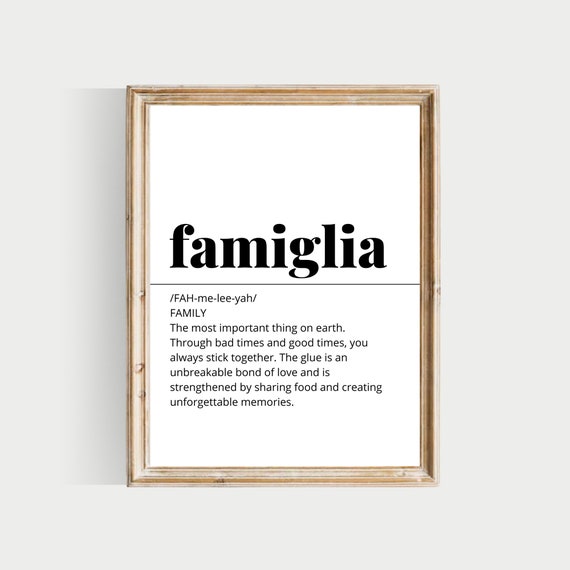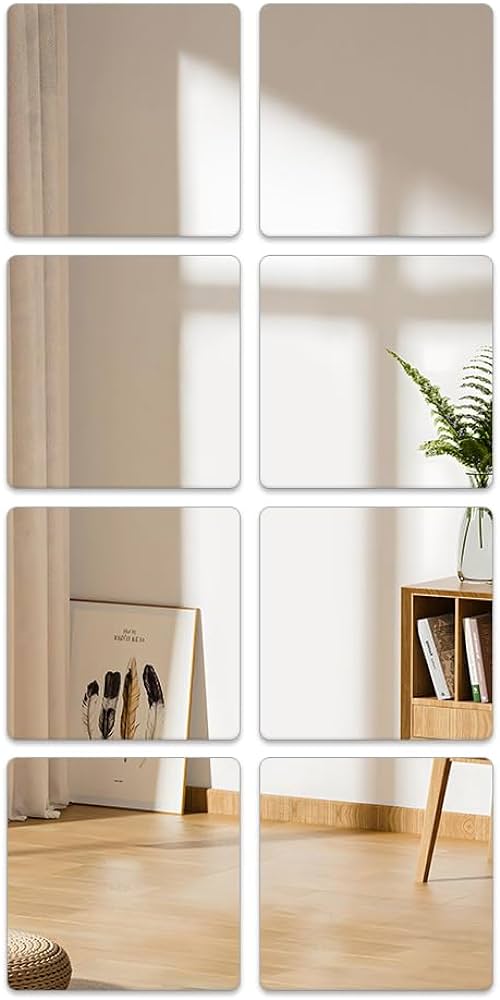Achieve strong wall adhesion with a high-quality construction adhesive. It provides lasting and secure bond.
A strong glue for walls is essential for various DIY projects or professional construction jobs. Finding the right adhesive can ensure that materials like drywall, paneling, or trim stay securely in place for years to come. Whether you are hanging decorations, installing bathroom fixtures, or securing molding, having a reliable glue is crucial for a successful project.
Different types of construction adhesives are available in the market, each designed for specific materials and applications. Understanding your project needs and selecting the appropriate glue will help you achieve a strong and durable bond on your walls.

Credit: www.etsy.com
The Need For Strong Wall Glue
Strong wall glue is an essential component in any DIY toolkit, playing a vital role in securing heavy items and carrying out quick and reliable wall repairs. When it comes to tackling DIY projects, the need for a robust and durable adhesive cannot be overstated. Whether it’s hanging heavy pictures, installing shelves, or fixing a section of your wall, having the right strong wall glue is the key to a successful outcome.
Securing Heavy Items
When it comes to securing heavy items such as mirrors, shelves, or artwork on your walls, relying on a strong wall glue provides the necessary stability and support. Unlike traditional methods like nails or screws, using strong wall glue eliminates the risk of damaging the walls and ensures a firm and long-lasting hold. This adhesive is designed to bear significant weight without compromising the integrity of your walls, making it ideal for securing heavy objects securely and safely.
DIY Repairs
For quick DIY repairs, having a reliable option for attaching wall fixtures, fixing small cracks, or reattaching loose wallpaper is invaluable. Strong wall glue offers a convenient solution for addressing small damages without the need for professional intervention. Its versatility and strength make it an ideal choice for addressing minor wall issues without causing further damage, making DIY repairs easy and efficient.

Credit: www.amazon.com
Features To Look For
When choosing a strong glue for walls, there are several key features to consider to ensure you get the best results for your project.
Bond Strength
The bond strength of the glue is crucial for securing heavy objects to the walls securely. Look for a glue that offers a high bond strength to hold items in place without the risk of detachment.
Versatility
Opt for a versatile glue that can be used on a variety of surfaces, including different types of walls, without compromising its adhesive properties.
Durability
Choose a durable glue that can withstand temperature changes, humidity, and other environmental factors to ensure a long-lasting bond between the objects and the walls.
Application Surfaces
When it comes to using strong glue for walls, it is essential to consider the type of surface on which the glue will be applied. Different surfaces require different adhesives to ensure a secure and long-lasting bond. Here is a guide to the application of strong glue on different surfaces:
Drywall
Drywall is a common surface in interior wall construction. It is essential to use a strong glue specifically designed for drywall, as it requires an adhesive that can withstand the stress and weight of wall hangings. Look for a glue that is labeled as suitable for drywall applications to ensure a reliable bond.
Concrete
Concrete surfaces require a strong adhesive that can effectively bond to the rough and porous texture of the material. When choosing a strong glue for concrete walls, opt for an adhesive that is formulated to adhere to concrete surfaces. This will ensure a secure and durable bond that can withstand heavy loads and various environmental conditions.
Brick
Brick walls present a unique challenge when it comes to adhesive application due to their uneven and textured surface. It is crucial to select a strong glue that is specifically designed for bonding to brick. The adhesive should be capable of filling in the gaps and irregularities of the brick surface to create a strong and lasting bond.
Best Practices For Application
Surface Preparation
Before applying the strong glue, it is essential to prepare the surface properly. This ensures optimum adhesion and prevents any issues that may arise due to improper bonding. Here are the key steps to follow for surface preparation:
- Clean the surface thoroughly to remove any dust, debris, or grease. A clean surface allows the glue to bond effectively.
- Smooth out any rough or uneven surfaces using sandpaper. This helps in achieving a flat and even bonding area.
- If there are any cracks or holes in the wall, patch them up using a suitable filler and allow it to dry completely before applying the glue.
Proper Use
The proper use of strong glue is vital for achieving the desired results. Follow these guidelines to ensure an effective application:
- Read the instructions provided by the manufacturer carefully before using the glue. Familiarize yourself with the recommended dosage, drying time, and any safety precautions.
- Apply the glue in a well-ventilated area to prevent inhaling fumes. If necessary, use a mask and gloves for added safety.
- Use an appropriate adhesive dispenser or applicator to apply the glue evenly on the surface. This helps to control the amount of glue applied and prevents wastage.
- Press the glued surface firmly against the wall to create a strong bond. Ensure that there are no air bubbles trapped underneath.
- Allow the glue to dry completely as per the manufacturer’s instructions. Avoid disturbing the bonded area during this time to ensure optimal bonding.
Proper Removal Techniques
Learn effective techniques to remove strong glue from walls without causing damage. Use gentle solvents combined with scraping tools for efficient and safe removal. It’s essential to follow proper steps to maintain the wall’s integrity and finish.
Removing strong glue from walls can be a daunting task, but with the right techniques, it can be done effectively and without causing damage to the surface. Whether you need to remove glue residue from a previous project gone wrong or simply want to change the look of your walls, it’s essential to follow proper removal techniques to minimize any potential damage and ensure a smooth, clean surface.
Minimizing Damage
When removing strong glue from walls, it’s important to exercise caution to minimize any damage that may occur during the process. Here are a few techniques to help you navigate this challenge:
- Test in inconspicuous area: Before trying out any removal method, be sure to test it in a small, inconspicuous area on the wall to ensure it doesn’t cause any discoloration or damage.
- Protect adjacent surfaces: Use painter’s tape or plastic sheets to protect nearby surfaces, such as molding or furniture, from accidental spills or damage during the glue removal process.
- Apply heat: If the glue is heat-sensitive, use a hairdryer or heat gun on low heat to soften it. This makes it easier to scrape off without causing excessive damage to the wall.
- Use a plastic scraper or credit card: Start by gently scraping the glue off the wall using a plastic scraper or an old credit card. Be careful not to apply too much pressure, as this could damage the wall’s surface.
- Avoid harsh chemicals: While it might be tempting to use strong chemicals to dissolve the glue, it’s best to avoid them as they can damage the paint or wall surface. Opt for gentler adhesive removers that are safe for your walls.
Removing Residue
Once you’ve successfully removed the bulk of the glue, there may still be residue left on the wall’s surface. Follow these techniques to get rid of any remaining glue residue:
- Warm water and mild soap: Mix warm water with a few drops of mild soap and use a sponge or cloth to gently scrub the residue. Rinse with clean water and dry the wall thoroughly.
- Vinegar solution: Create a solution of equal parts water and vinegar. Apply it to the residue and let it sit for a few minutes. Then, scrub gently with a sponge or cloth to remove the remaining glue.
- Commercial adhesive removers: If the glue residue is stubborn, you can try using a commercial adhesive remover specifically designed for wall surfaces. Follow the product instructions carefully for best results.
Frequently Asked Questions On Strong Glue For Walls
Can I Use Strong Glue For Walls?
Yes, you can use strong glue for walls. Strong adhesives designed specifically for walls provide excellent bonding capabilities and can be used for various purposes such as attaching decorations or fixing broken tiles.
What Kind Of Glue Is Best For Walls?
When it comes to gluing objects to walls, it is best to use adhesive products specifically formulated for this purpose. Acrylic-based glues, construction adhesives, or epoxy adhesives are commonly recommended for their strong bonding properties and durability.
How Do I Apply Strong Glue To Walls?
To apply strong glue to walls, start by cleaning the surface thoroughly and removing any dust or debris. Next, apply the adhesive to the desired area using a trowel, notched spreader, or a brush. Press the object firmly against the wall, ensuring it is properly aligned.
Is It Safe To Use Strong Glue On Painted Walls?
Using strong glue on painted walls can be safe if the paint is in good condition and properly adhered to the wall. However, it is recommended to do a spot test by applying a small amount of glue to an inconspicuous area to ensure it does not damage the paint.
Conclusion
To sum up, finding the right adhesive for your walls is crucial for ensuring a sturdy and long-lasting bond. With various options available, it’s essential to consider the strength, durability, and application method of the glue. Take the time to choose the best product for your specific needs to achieve the desired results.


